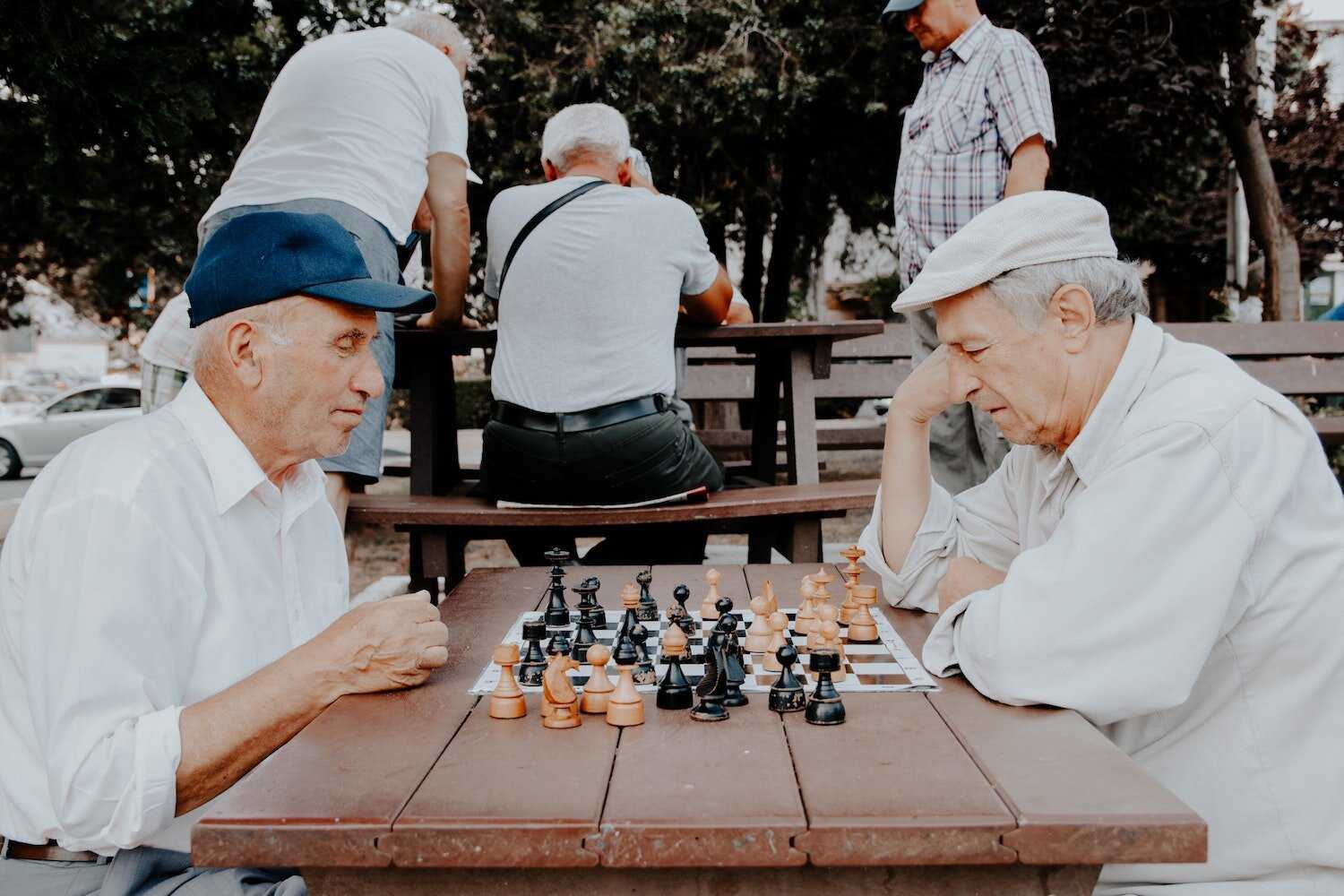The Art of Creative Aging

What first comes to mind when you think about growing old and retirement? What images come to mind?
Often, the first thoughts that emerge revolve around frailty, memory loss, or loss of physical ability. It is true that the human body and mind change with age. Advocates, researchers, and caregivers work hard to raise awareness of behaviors or contexts that impede the process of healthy aging. But healthy aging is very normal, and part of the healthy aging process is older adults continuing to engage with the people, places, and activities in their community.
However, social isolation is common among older adults and speaks to a lack of community engagement opportunities, as well as extenuating factors that make participation logistically difficult for seniors. There are different reasons for senior isolation, including caregiving responsibilities, physical mobility, and living alone. The resulting isolation is both mentally tiring as well as physically hurtful.
The million dollar question is how to facilitate that engagement in a way that empowers seniors in their community while also enabling different demographic groups to interact, rather than isolating seniors. Several movements and organizations focus their activities and resources on ensuring older adults find fulfilling lives in retirement. One such movement is creative aging.
Creative aging is the process of investing in high-quality programs that encourage healthy and active aging. Why is this movement important? Because creative aging represents a research-driven, community-based intervention that has been shown to improve health, social interaction, and maintain cognitive function.
In the early 2000s, Dr. Gene Cohen conducted an extensive, multisite study with a few hundred older adults over 65 to look at the effect of attending weekly participatory art classes. After two years of data collection and interviews, the results revealed that the seniors attending the classes had better overall health than the group of seniors that did not have art classes. “[The seniors who attended the art classes] visited the doctor less often, reduced their use of medication, responded with more accuracy and acuity on mental health measures, increased their involvement in other social activities, and reported marked improvements in their social lives—all as a result of the short-term art workshops and classes.”
The creative aging approach offers a research-backed, participatory way of engaging older adults in a personally fulfilling and healthy manner. Several museums have taken the lead in the creative aging movement, recognizing the potential of creating programming for such a large consumer group. They see seniors as both resources and consumers; resources because they have a lifetime of memories and experiences at their disposal, and consumers because they are actively interested in continuing their knowledge or skill set.
Creative aging encourages healthy aging, but also facilitates information exchanges between different demographic groups, an important aspect during a time when museums are increasingly challenged to incorporate more diverse perspectives in their staffing, exhibitions, and programming. One such museum to expand their programming is the Naples Botanical Garden (NPG) in Florida.
With its garden spaces, NPG had the opportunity to offer nature journaling classes and promote creative expression through journaling, sketching, and observation of the plant and animal life. But NBG wanted to reach a wider audience with its classes and conducted demographic research in its community in 2018. Through research, they learned of creative aging and funding mechanisms to support the effort. NPG consequently revamped their course to create a weekly multi-hour course for older adults.
The course sessions included student participation through ice breakers, technique workshops, and homework assignments. The course became a social hub for the students; the seniors shared their journals with each other and extended their time together to include meals together and other activities at NBG. As the organization had hoped, the nature journaling course acted as a catalyst to increase local seniors' social connections.
But how does NBG’s example, and even more broadly, creative aging, apply to our work? How does it apply to other professionals who work with older adults? The concept and case study successes of creative aging serve as a reminder of the power of collaboration and of this consumer group. Consumers not only search for safe housing and daily needs, but also personal fulfillment in their communities.
Considering the concepts of creative aging and applying them to your community could reveal opportunities for collaborations between seniors, local museums, community centers, and other community stakeholders to promote inclusive, compelling activities in local communities. Learn the preferences of the older adults you work with and reevaluate community organizations who can partner with you in the creative aging programming process. Utilizing creative aging unites retirees and organizations in an empowering way to promote healthy aging locally.
Sources:
About the Author
Ruthann Froberg is the Project Lead for Urban Dynamic’s Elder Housing Initiative. She also does consulting work in the areas of elder justice, tax, and caregiving issues. Prior to this, she worked for several years as a Tax and Operations Manager for a CPA, specifically working with small business and older adult tax clients. Ruthann has an MPA and Graduate Certificate in Gerontology from the University of Kentucky as well as a BS in Chemistry and Public Health from Emory & Henry College.